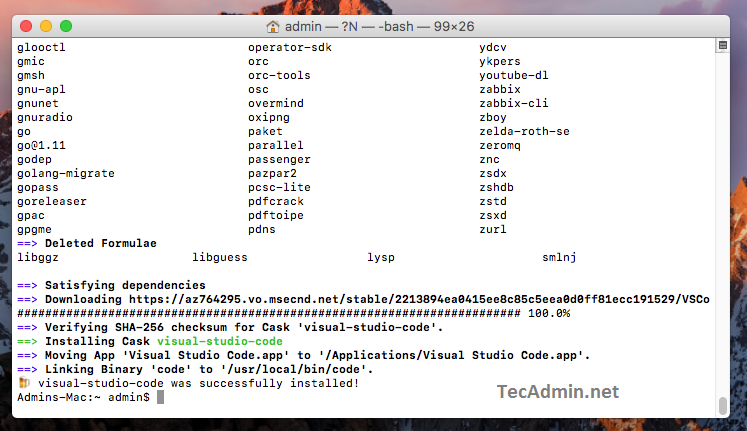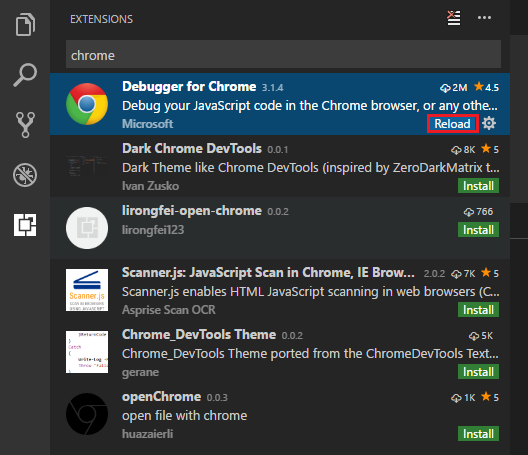
That should be all you need to make your terminal look exactly like mine 😀.

You will be prompted to configure powerlevel10k - but my configuration for ~/.p10k.zsh is here.Install powerlevel10k zsh theme - basically clone the repo and modify the ~/.zshrc file to update the ZSH_THEME.Install plugins like zsh-autosuggestions, zsh-syntax-highlighting (basically you clone the repo and then add the plugin to the list of plugins in your ~/.zshrc file.Install oh-my-zsh (run the curl command).I believe the only other special things that I have in the profile (other than colors) is the ability to use OPTION+arrow keys to to go left / right to the end of strings, OPTION+SHIFT+arrow keys to highlight entire strings, and OPTION+Backspace to delete an entire strings.In iTerm, go to: Preferences > Profile, you can use the + to import the iterm2-profile.json profile.Download my iTerm profile as a json file and import into iTerm.Install iTerm2: brew install -cask iterm2.I wrote up these instructions for my co-worker, but I thought I would re-purpose them into a blog post that I can share with others as well! iTerm2, oh-my-zsh, and powerlevel10k theme setup


I was going to link them to my Powerlevel10k Zsh Theme in GitHub Codespaces, but then I realized: this is for setting up a development environment in Codespaces, not so much locally. Hint: I do! I also came from a Windows background and only first started using macOS for work in late 2019. They had asked if I had any tips on setting up your local development environment. A new team member had just joined my team at GitHub and it was their first time using macOS as the primary work machine.


 0 kommentar(er)
0 kommentar(er)
